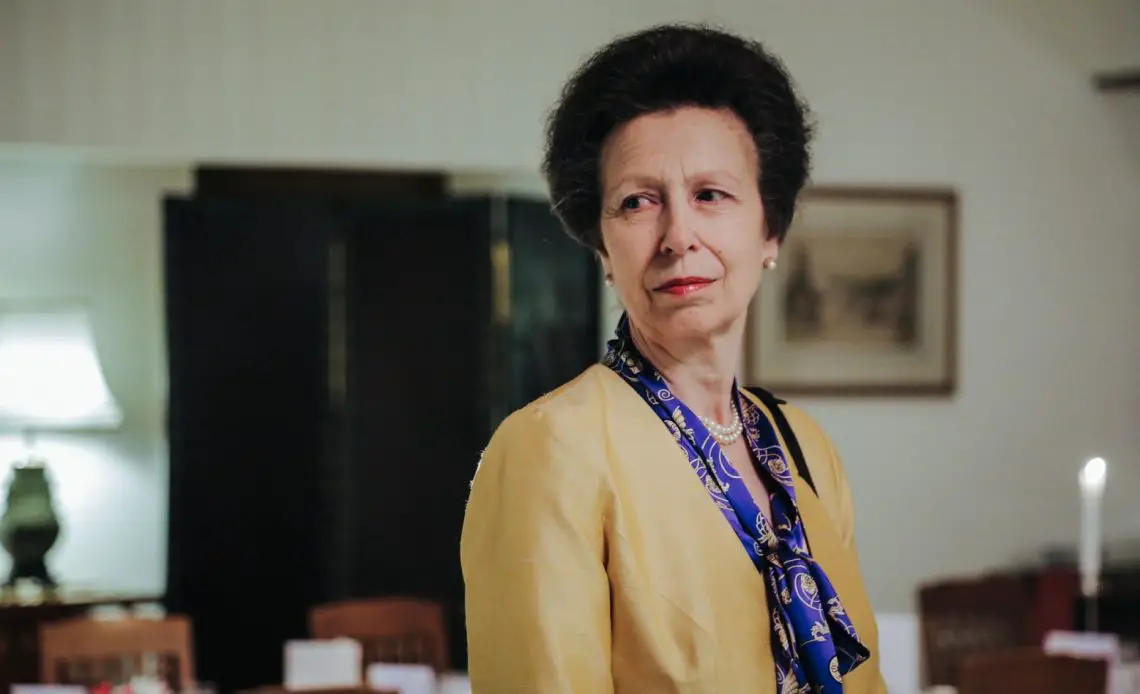
A 1974 kidnap plot exposed deep flaws in the security of Britain’s royals. Half a century on, the system it disrupted remains stronger because of it.
In the early 1970s, royal security was less science than symbolism.
Police officers in peaked caps stood near palace gates. Detectives accompanied royals on major public outings. But the notion that a direct, violent attack could strike the heart of the monarchy was not widely imagined – until it happened.
On the evening of March 20, 1974, Princess Anne’s car was forced to a halt on The Mall by a lone gunman. Ian Ball, armed with two revolvers, attempted to kidnap the Queen’s daughter and demanded a £2 million ransom. Four men were shot before Ball was tackled by bystanders and police.
The attack was audacious. It was also, security experts later admitted, preventable.
A System Not Fit for Crisis
At the time, the personal protection model for royals was minimal. Each senior royal was assigned a single close protection officer (CPO), sometimes armed, often reliant on personal instinct and minimal intelligence support.
Inspector Jim Beaton, Anne’s CPO, was armed – but his weapon failed to fire when he needed it most. The royal chauffeur and members of the public stepped in because there were no additional security assets on hand.
Had the Princess been kidnapped, the Metropolitan Police admitted privately, the situation would have been catastrophic.
The event catalysed a quiet but radical reassessment.
The Birth of a Modern Royalty Protection Unit
In the aftermath, the Metropolitan Police Service undertook a full security review. The Royalty Protection Group, known as SO14, was expanded, professionalised, and militarised in its tactics.
Key reforms included:
- Close-quarters firearms training for all royal bodyguards.
- Team-based protection models, replacing single-officer assignments.
- Vehicle protocol overhauls, including route security, back-up cars, and emergency evasive training.
- Improved intelligence coordination between police, MI5, and the Royal Household.
Today, the team protecting senior royals operates more like a presidential security detail than a ceremonial attachment. Vehicles are armoured. Routes are swept. Threat assessments are ongoing and dynamic.
Echoes of 1974
Though the British Royal Family enjoys relatively close public interaction compared to many global leaders, there have been other threats in recent years – from stalkers to drones to coordinated protest groups. But none have tested the system like Ball’s attack.
The legacy of 1974 is still felt. Modern bodyguards are trained using a simulated version of “The Mall scenario,” in which a hostile actor uses a vehicle and small arms to ambush a royal convoy.
Anne herself has remained unflinching, rarely speaking publicly about the night she was nearly taken. But those who protect her – and the rest of the Royal Family – have never forgotten it.

